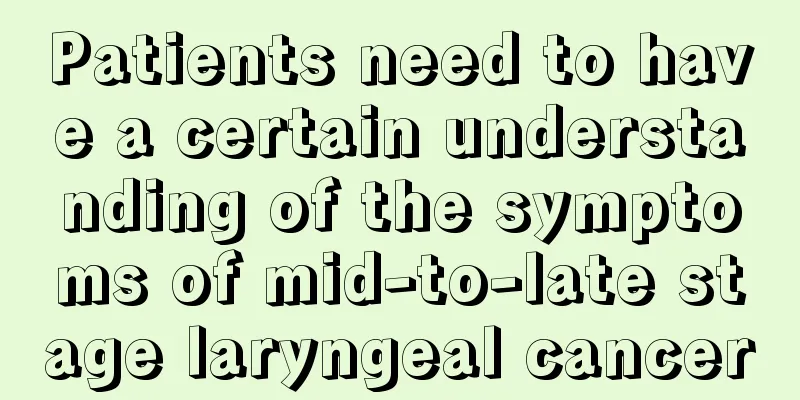What are the radiation hazards

|
Radiation is everywhere in our daily lives. It comes from nature and human activities. When it comes to radiation, many people may feel worried about its impact on health. In fact, radiation is not always dangerous. Its harm mainly depends on the type and dose of radiation. Radiation is divided into ionizing radiation and non-ionizing radiation. Ionizing radiation includes X-rays, gamma rays and certain high-energy particles, which have enough energy to damage DNA in cells and may cause cell damage or cancer. For example, long-term exposure to high doses of ionizing radiation may increase the risk of cancer. X-ray examinations and radiotherapy in medical treatment are all applications of ionizing radiation. Although they have potential risks, the risks are controllable under the guidance of a doctor. Non-ionizing radiation includes ultraviolet rays, microwaves, radio waves, etc. These radiations have low energy and generally do not directly damage DNA. Common sources of non-ionizing radiation include sunlight, mobile phones, Wi-Fi, etc. Excessive exposure to ultraviolet rays may cause skin aging, sunburn, and even skin cancer. It is very necessary to take protective measures such as applying sunscreen and wearing a hat when going out. As for radiation from mobile phones and Wi-Fi, current research has not confirmed that they have significant health hazards to the human body. In daily life, using electrical appliances properly and paying attention to the radiation level of the living environment are effective measures to reduce radiation hazards. For example, try to reduce unnecessary X-ray examinations, keep a certain distance when using mobile phones, and avoid long-term contact with high radiation sources. Although radiation is everywhere, as long as we treat it scientifically and reasonably, we can completely minimize its impact on health. The hazards of radiation depend on its type and intensity. Understanding the basics of radiation and taking appropriate protective measures can help us better protect the health of ourselves and our families. I hope this article can provide you with some practical information and advice. |
>>: What is squamous cell lesion
Recommend
Hepatitis B virus symptoms
We are quite familiar with the term hepatitis B, ...
What should I do if my tone is very important recently
I believe everyone wants to have fresh breath, bu...
Is brain cancer prone to recurrence?
Intracranial tumors have a relatively high recurr...
What are the symptoms of advanced lung cancer?
When you are sick, you will have corresponding sy...
Is there any relationship between bone cancer and physical genetics?
Is bone cancer hereditary? This is a question tha...
Why does my tongue have a strong taste
The food we eat every day enters the human body t...
How to effectively prevent the occurrence of lung cancer from two perspectives
Lung cancer is a respiratory disease. After years...
Will anal fissure bleed? How to treat it
Friends who suffer from anal fissures must take c...
Is it safe to swallow toothpaste?
Every day when we clean our mouth, we use toothpa...
Is it true that you won't get cervical cancer if you don't get married? What should you pay attention to in preventing cervical cancer?
According to traditional concepts, "unmarrie...
How to treat cervical cancer
At present, the incidence of cervical cancer is g...
What are the dangers of late-stage bone cancer
Bone cancer is a common bone tissue disease. Its ...
Yellow nasal discharge turns into clear nasal discharge
Although runny nose is a common nasal condition, ...
Can fibroids be cured?
Can fibroids be cured? Once you have fibroids, it...
Ovarian cancer may also cause oligomenorrhea or amenorrhea in the early stages
In the early stages of ovarian cancer, there may ...









